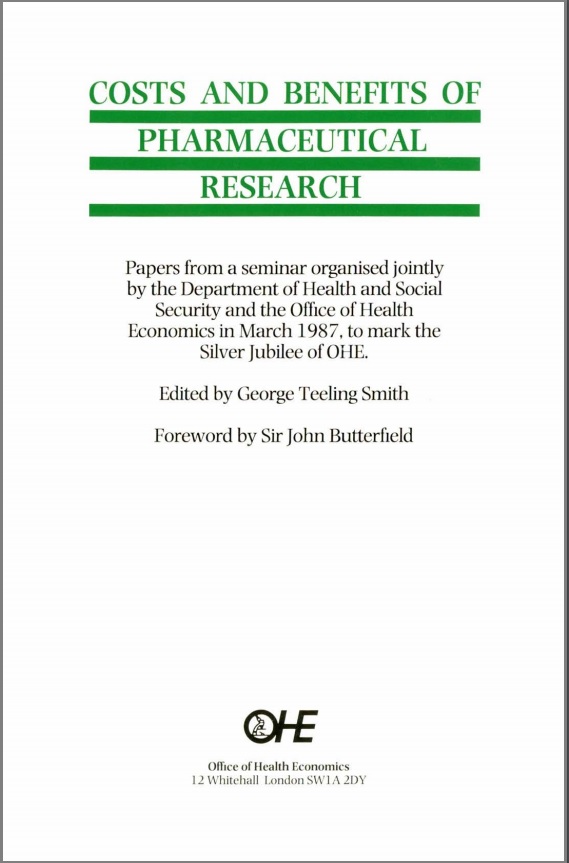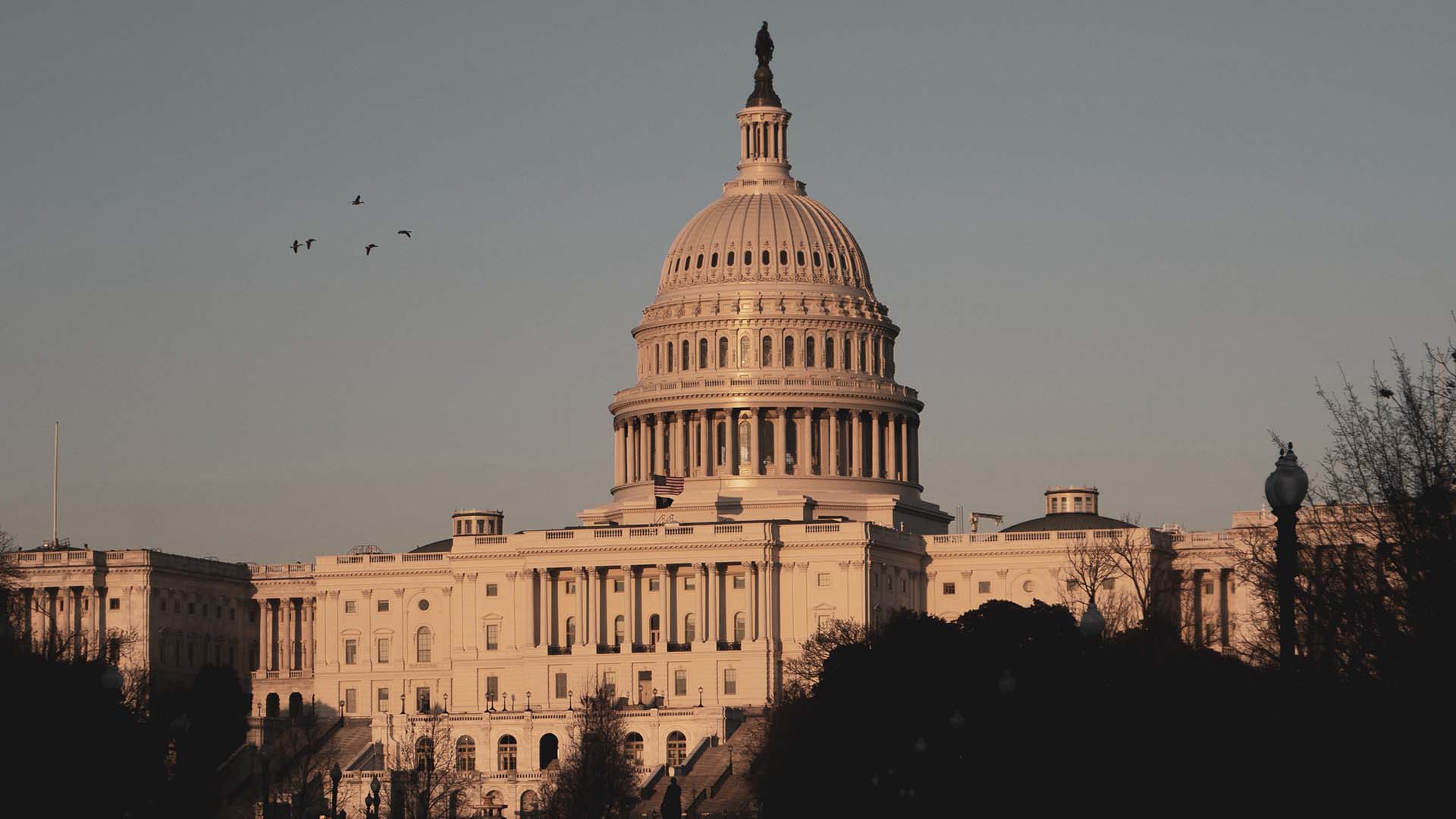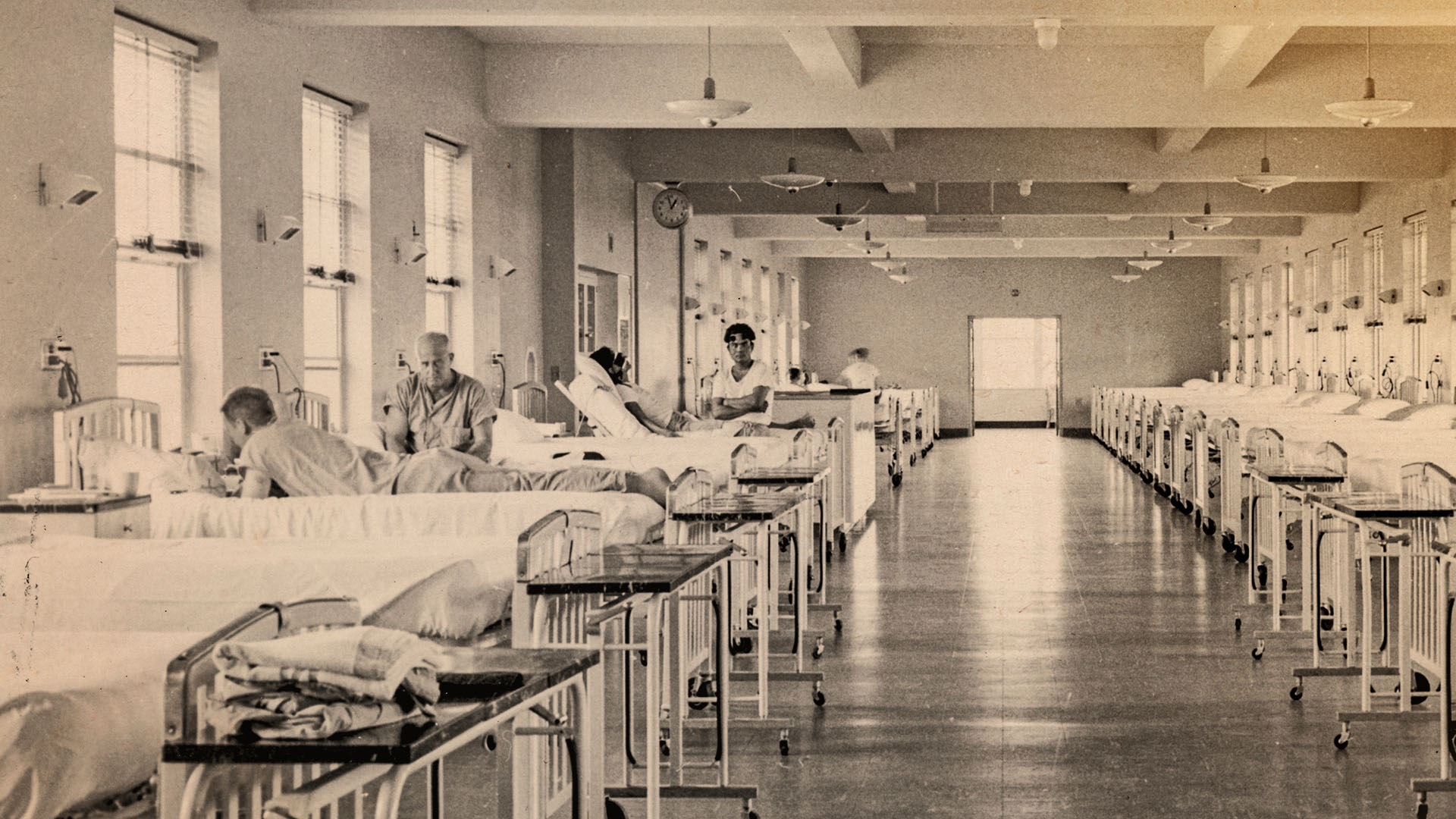Sign up to our newsletter Subscribe
Understanding the Full Value of Long-Acting Therapies: less is more?

These papers are a selection from those prepared for a seminar held jointly by the Department of Health and Social Security and the Office of Health Economics at theend of March 1987. The theme of that seminar was the cost and…
These papers are a selection from those prepared for a seminar held jointly by the Department of Health and Social Security and the Office of Health Economics at theend of March 1987. The theme of that seminar was the cost and the benefit of pharmaceutical research. It was held as part of a vear of celebration to mark the Silver Jubilee of OHE.
The whole subject of medical innovation has been central to the development of the National Health Service not only over the past 25 years, but since its inception in 1948.
At that time, it will be remembered. Beveridge and Bevan believed that the future cost of health care would be reduced because, once the backlog of untreated sickness had been tackled. Britons would become healthier and would therefore require less medical care. This was subsequently described by Enoch Powell as a ‘miscalculation of sublime proportions’.
In reality, although we are certainly much healthier than in 1948, health care costs have escalated in a dramatic fashion, as a result of medical innovation. It has become possible to tackle health problems for which treatment was inconceivable in the 1940s – transplants, open heart surgery, elaborate brain surgery, and a whole host of new pharmacological treatments have all been developed.
The central question tackled in these papers is whether such progress has been justified in economic terms. Have we become richer or poorer as a result of our better health? In other words, does medical research pay off or is it just a costly burden on society. And predominantly medical research in this context means pharmaceutical research.
Almost all the medical progress since 1948 has been made possible by advances in pharmacology – antibiotics, anaesthetics, muscle relaxants, and immuno-suppressant compounds have all made the new surgery possible, while treatments for such diseases as diabetes, hypertension, bronchitis and asthma, mental illness and arthritis come directly from pharmaceutical research. The Research Councils and the University departments have all played essential roles and made enormous contributions, especially in the fields of pure science, but most of the practical advances for our patients – both pure and applied, have come from industry.
In national economic terms, pharmaceutical research has certainly paid off for Britain. In 1986 the positive balance of trade in pharmaceuticals was £85 3 million. The highly skilled employment in the industry itself brings national wealth.
But in the context of the National Health Service, the economic benefits of pharmaceutical research are less self-evident. There are conceptual difficulties in relating the savings which occur as a result of better medication to the costs of current pharmaceutical research. Will today’s pharmaceutical investments in R and D bring economic benefits in the future?
In some cases the issue is easy and clear cut. George Teeling Smith’s paper shows the way in which development in antibiotics continue to save money by reducing extra time in hospital due to post-operative infection. However, there are few cases where such obvious benefits in terms of ‘patient turnover’ can be unequivocally demonstrated. For the majority of treatments, the more complex approach hinted at by Michael Drummond becomes necessary.
In a sense, the frontiers of health economics are advancing in parallel with the advances in medicine itself. New ways of looking at the outcome of medical progress are having to be developed in order to quantify the benefits which most of us intuitively feel must exist. That is what the papers are all about.
The most challenging thinking comes in Jeremy Hurst’s paper, where he discusses explicitly the new techniques for the measurement of the quality of life. There is still a long way to go before the idea of the QALY (quality adjusted life year is validated and accepted as a measurement of economic outcome. Perhaps, indeed, some other unit may eventually replace the QALY. However, there seems no doubt that the role of epidemiologists and economists working together must be to produce economic methods which do quantify the benefits arising from the medical progress of the latter part of the 20th century.
In planning the joint DHSS/OHE Symposium it was hoped that solutions might emerge to show whether modern medical research paid off in economic terms. These papers may fall short of that objective, but they take an important step forward in clarifying the issues which need to be addressed in eventually making such an evaluation.
One thing is clear from the papers. Economists now have a central role to play in evaluating the benefits of medical care. It is no longer sufficient to rely on ‘clinical impressions’ or even the purely medical results of ‘clinical trials’. What matters in modern medicine is how much better the patients feel, how much more fully they can live their lives, and how much they can contribute to the wealth of society in a cultural rather than a simply financial sense. That is the real test of whether medical research ‘pays off.
All this heralds a new era in assessing the outcome of future innovation in medicine. It is not the doctor alone who should decide whether his patient is ‘getting better’.
What matters is the way the patient feels, and how the community judges the social and economic contribution of the patient. This is a radical change of viewpoint, and it will take time for its full implications to be appreciated.
So, these papers make an important contribution to the discussion which must develop as this new approach to medicine takes shape. In the late 1980s, and increasingly into the 21st century, the achievements of medical research are going to be assessed in social and economic as well as clinical measurement terms, and this in itself is what good clinicians have been saying for some time!
Cost and Benefits of Pharmaceutical Research
Teeling Smith, G.
(1987) Cost and Benefits of Pharmaceutical Research. OHE Monograph. Available from https://www.ohe.org/publications/cost-and-benefits-pharmaceutical-research/

